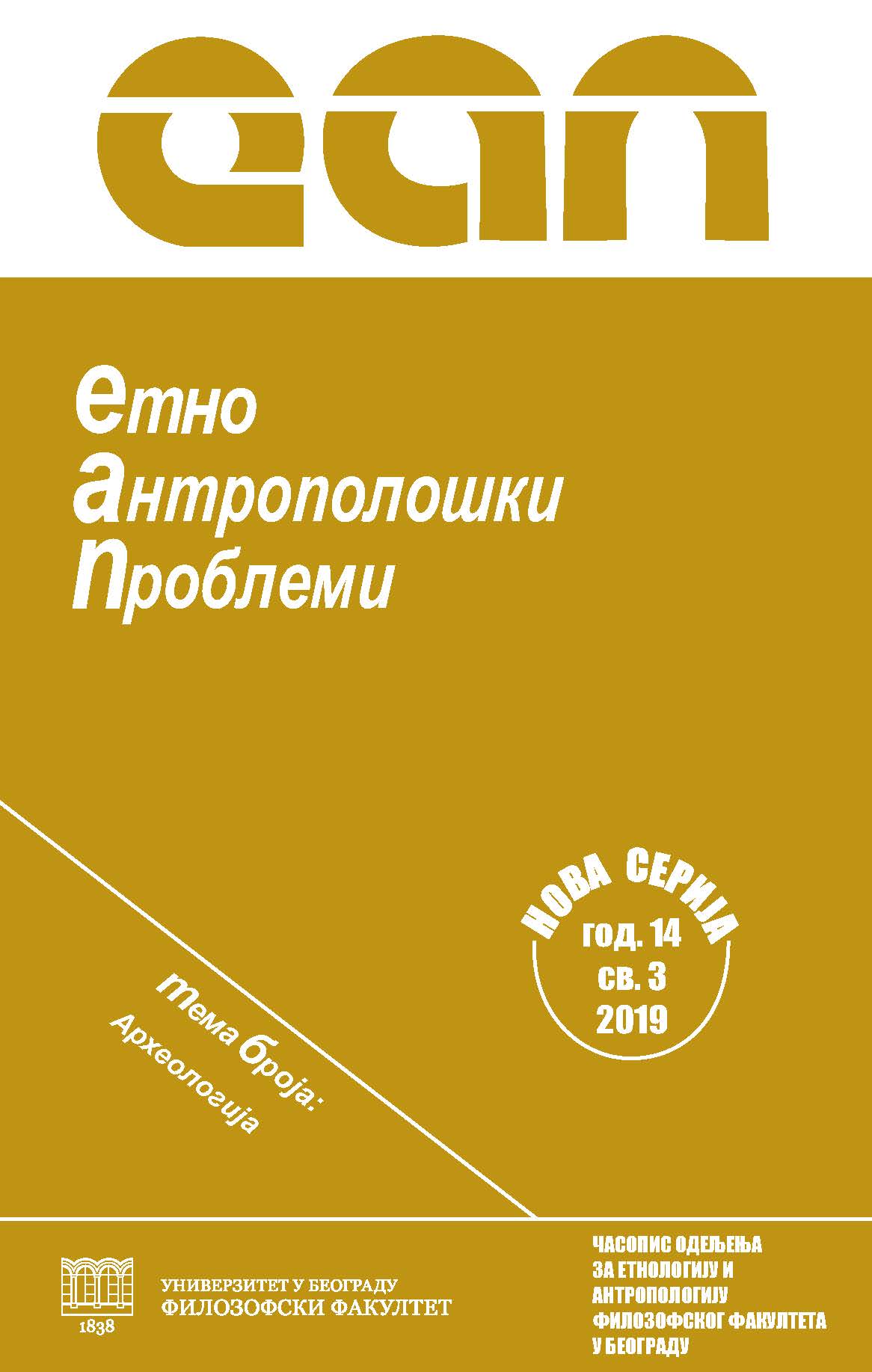Autoritet i kako ga steći
Authority and How to Attain It
Pausanias, Description of Greece and Archaeological Excavations at Olympia
Author(s): Vladimir V. MihajlovićSubject(s): Archaeology
Published by: Филозофски факултет, Универзитет у Београду
Keywords: text; archaeological fieldwork; authority; Pausanias; Description of Greece; classical archaeology of Greece; history of the discipline
Summary/Abstract: One of the key products of archaeological work, the clear disciplinary distinction separating it from amateur curiosity or lucrative treasure hunt, is the text. Not only it stands at the end of almost every archaeological endeavour, text in its various forms often presents the source of fieldwork: archaeological excavations are preceded by (repeated) reading of previously written landscape, either represented through old travelogues, or through recent reports from archaeological surveys. In short, fieldwork and text are dialectically linked: fieldwork practice and texts mutually intertwine, confirm and (re)shape one another. Therefore, along with “founding fathers” of the discipline, some texts may also posses authority – achieved over time, confirmed, or lost. Opposed to the authors and works of the classical canon, Pausanias and his Description of Greece were not of noble origins, that would secure the position of indisputable authority in the field of classical archaeology. Therefore the reputation of the author and his work was built – through confirmations and refutations – in the very landscape of Greece, primarily through archaeological fieldwork. During the 19th century Description of Greece served as a kind of travel guide for researchers to the long-abandoned sites and grand archaeological discoveries, such as Schliemann in Mycenae. The Erechteion in Athens is today known by the name given to the temple by Pausanias. His authority, built in the field of classical archaeology, spread out of the domain of the discipline: on the grounds of the data from the Description of Greece and the esteem of its author, the administration of the new independent Greek kingdom started changing the Slovene, Albanian, Turkish or Italian toponyms in its territory. The excavations at Olympia – the case-study presented here, speak most eloquently about the mutual intertwining of archaeology and Description of Greece. On the one side, the years-long excavations, enabled by the decades-long diplomatic struggle for the licence, deepened the understanding of the work of Pausanias, but on the other side, the fieldwork practice has also changed, as well as the epistemological foundations of classical archaeology. The aim of this paper is to point once more to the inseparable ties linking practical and interpretive aspects, i.e. fieldwork and study in archaeology.
Journal: Етноантрополошки проблеми
- Issue Year: 14/2019
- Issue No: 3
- Page Range: 937-953
- Page Count: 17
- Language: Serbian

